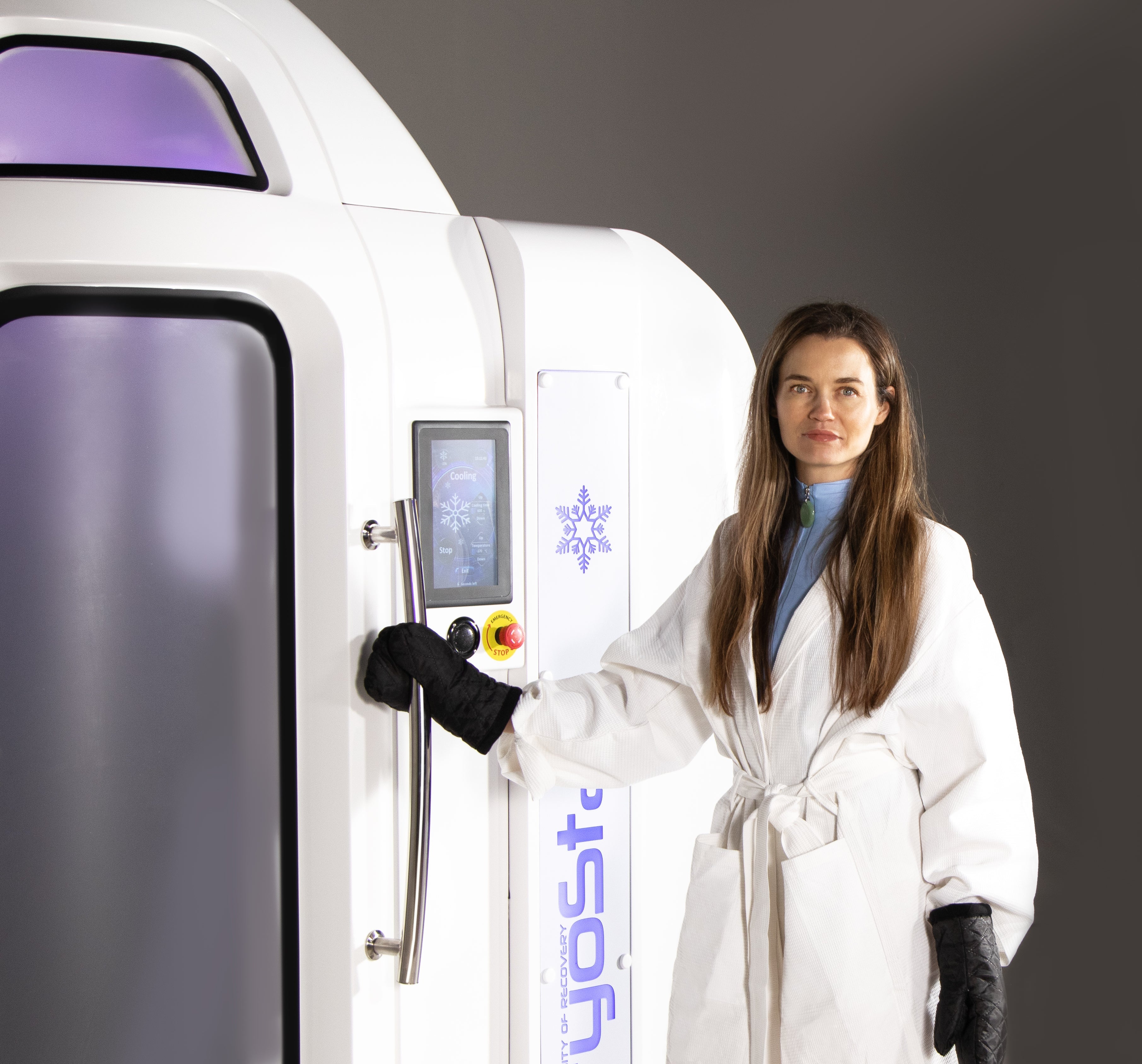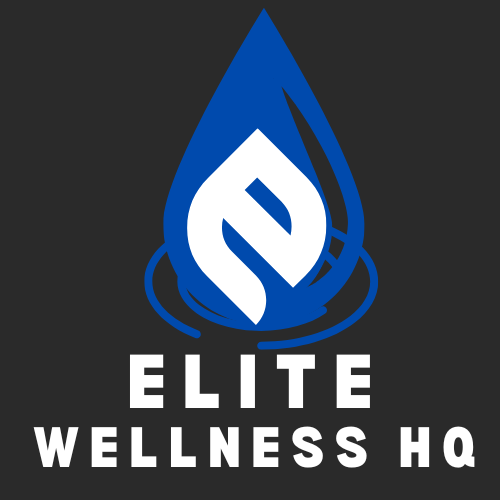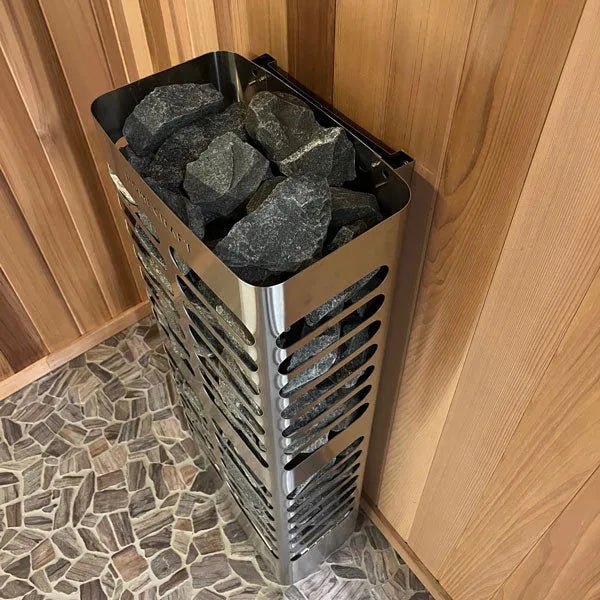
Electric Cryotherapy vs. Nitrogen Cryotherapy: What's the Difference?
Electric Cryotherapy vs. Nitrogen Cryotherapy: What's the Difference?
Cryotherapy, or cold therapy, has become popular for recovery, pain relief, and wellness. It involves exposing the body to extreme cold to reduce inflammation, speed healing, and boost energy. There are two main types: electric cryotherapy (using refrigerated air) and nitrogen cryotherapy (using liquid nitrogen vapor). In this blog, I'll break down the differences in simple terms covering how they work, safety, cost, and effectiveness while backing it up with scientific data and studies.
How They Work: A Simple Breakdown
Electric cryotherapy uses electricity to cool air in a chamber, like a super-powered freezer. You step into a room where the whole body, including your head, is exposed to cold, dry air (typically -100°C to -140°C or -148°F to -220°F) for 2–4 minutes. The air is breathable and circulated evenly.
Nitrogen cryotherapy, on the other hand, uses liquid nitrogen to create cold vapor in a sauna-like pod. You stand inside with your head out (to avoid breathing the gas), and the vapor cools your body from the neck down to similar temperatures for the same duration.
The key difference? Electric provides full-body exposure in breathable air, while nitrogen is partial-body and uses gas that isn't safe to inhale fully.
Safety: Which One is Riskier?
Safety is a big concern with cryotherapy, and electric generally wins here. Electric chambers use regular air cooled by refrigeration, so there's no risk of gas leaks or burns from chemicals. They're fully enclosed but safe to breathe in, with even temperature distribution to avoid hot/cold spots.
Nitrogen systems rely on vaporized liquid nitrogen, which can cause burns if it contacts skin directly or lead to asphyxiation if inhaled in high concentrations (since nitrogen displaces oxygen). You keep your head out for safety, but accidents like leaks have been reported.
Scientific backing
A study in the Journal of Thermal Biology compared cooling uniformity and found electric chambers provide more consistent skin temperature drops (30–40°F evenly), reducing risks like frostbite from uneven cooling in nitrogen systems. The FDA has warned about nitrogen cryotherapy risks, including oxygen deficiency and burns, but notes electric systems have fewer incidents (over 500,000 treatments with zero major issues in some databases). Research from PMC also highlights that nitrogen's partial exposure limits full nervous system activation, potentially making it less safe for certain users.
In simple terms: Electric is like stepping into a cold room safe and even. Nitrogen is like a foggy cold bath effective but with more hazards if not handled perfectly.
Cost: Upfront vs. Ongoing Expenses
Electric cryotherapy chambers have a higher initial cost (often $100,000+ for a unit) due to the refrigeration tech, but operating costs are low just electricity, about $10–20 per day for multiple sessions.
Nitrogen chambers are cheaper upfront ($40,000–$80,000), but you pay for liquid nitrogen refills ($5–10 per session), which adds up quickly with high usage. Maintenance is also higher for nitrogen due to gas handling.
Data from industry comparisons shows electric systems have lower long-term costs (nitrogen can eat 50–70% of profits per session), making them better for busy wellness centers. A Cryo Chambers report notes nitrogen's ongoing nitrogen expenses make it less scalable, while electric's electricity costs are predictable and cheaper.
Simply put: Electric costs more to buy but saves money over time; nitrogen is cheaper to start but pricier to run.
Effectiveness: Which Works Better?
Both types reduce pain and inflammation by triggering the body's "fight or flight" response, constricting blood vessels, and flushing toxins upon rewarming. But electric often edges out in efficacy due to full-body exposure, activating more of the central nervous system (CNS) for better results.
Nitrogen is fast (cools in minutes) and great for quick sessions, but partial exposure means less CNS stimulation and uneven cooling, potentially reducing benefits like vagus nerve activation for stress relief.
Scientific evidence:
Aalto University clinical trials showed electric cryotherapy achieves more uniform skin cooling (e.g., 30–40°F drops across the body) compared to nitrogen's uneven distribution, leading to stronger vasoconstriction and recovery responses. A PMC study on athletes found full-body electric cryotherapy improved muscle recovery markers (e.g., reduced lactic acid) more effectively than partial nitrogen exposure, with differences in molecular pathways activated. MDPI research modeled nitrogen-free (electric) systems and confirmed better temperature control for consistent efficacy without frostbite risks. Overall, studies suggest electric provides 20–30% better autonomic responses, like lower heart rate variability for stress reduction.
In easy terms: Electric cools your whole body evenly for deeper benefits; nitrogen is quick but might miss some spots, like your head and neck.
Which Should You Choose?
If safety and long-term savings are priorities (e.g., for a busy wellness center), go electric—it's more consistent and user-friendly. For quick setup on a budget, nitrogen works well but requires careful handling.
Always consult a doctor before trying cryotherapy, as it's not FDA-approved for medical claims, and more research is needed on long-term effects. Whether electric or nitrogen, cryotherapy can be a game-changer for recovery—just choose based on your needs and stay informed with the latest studies!



